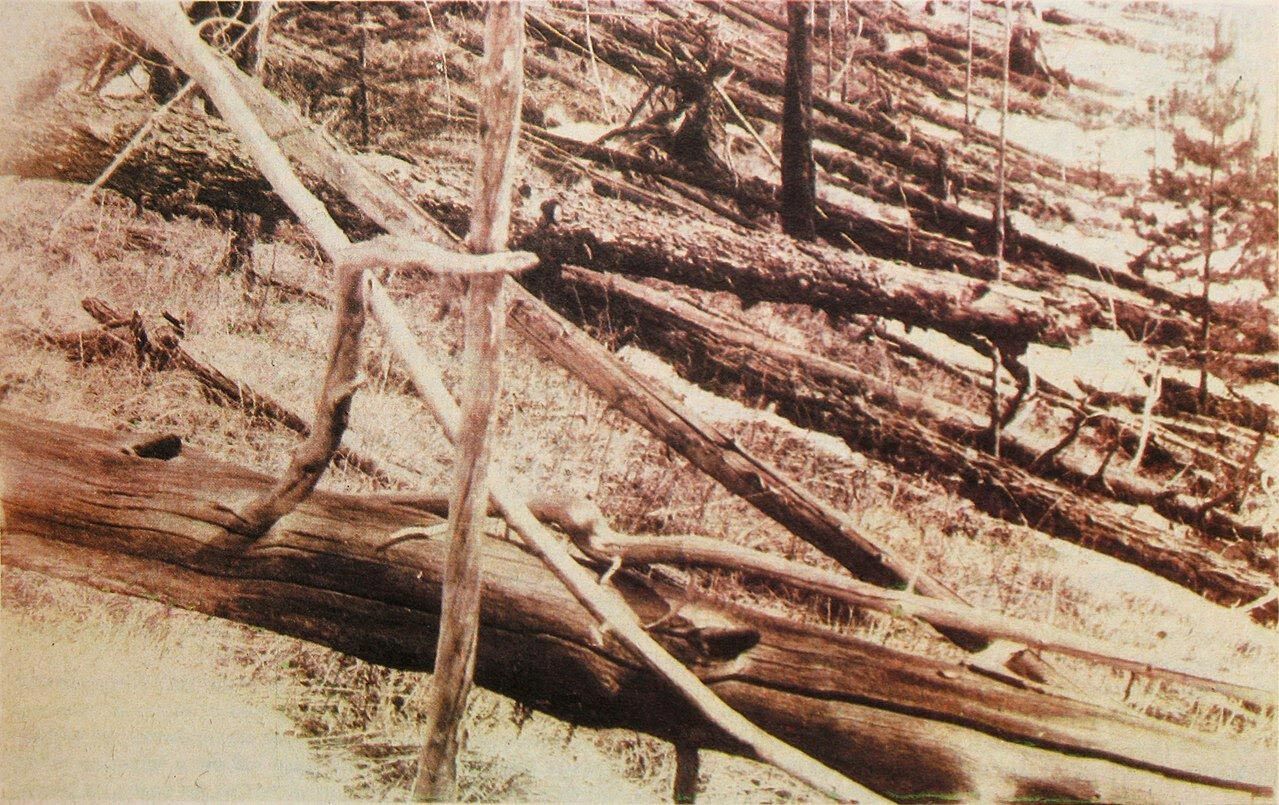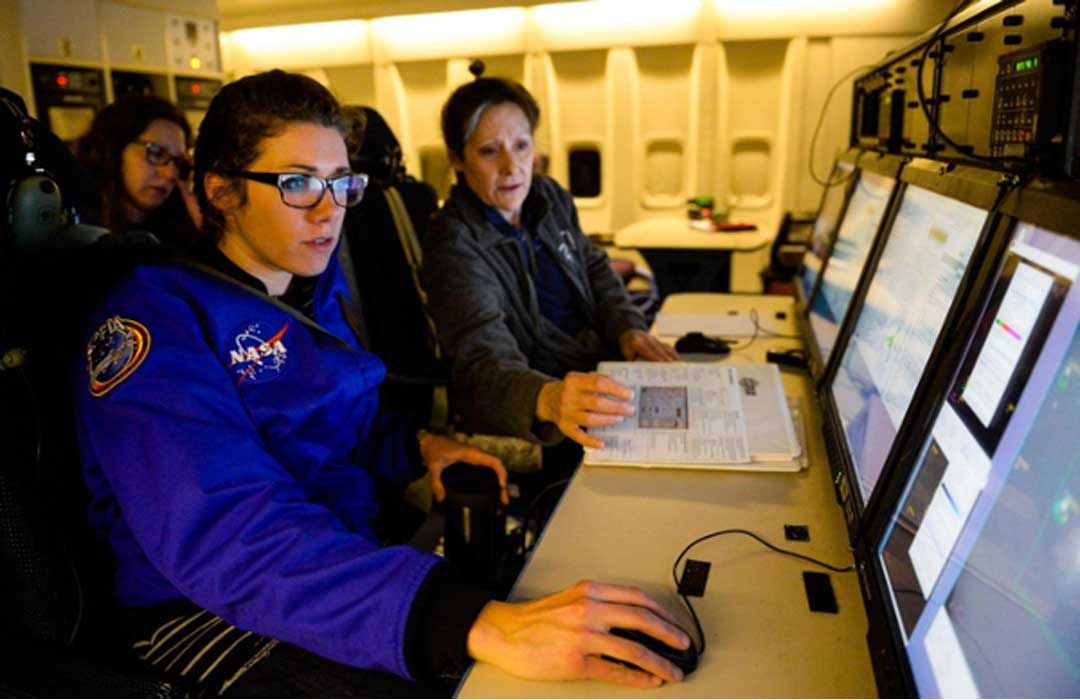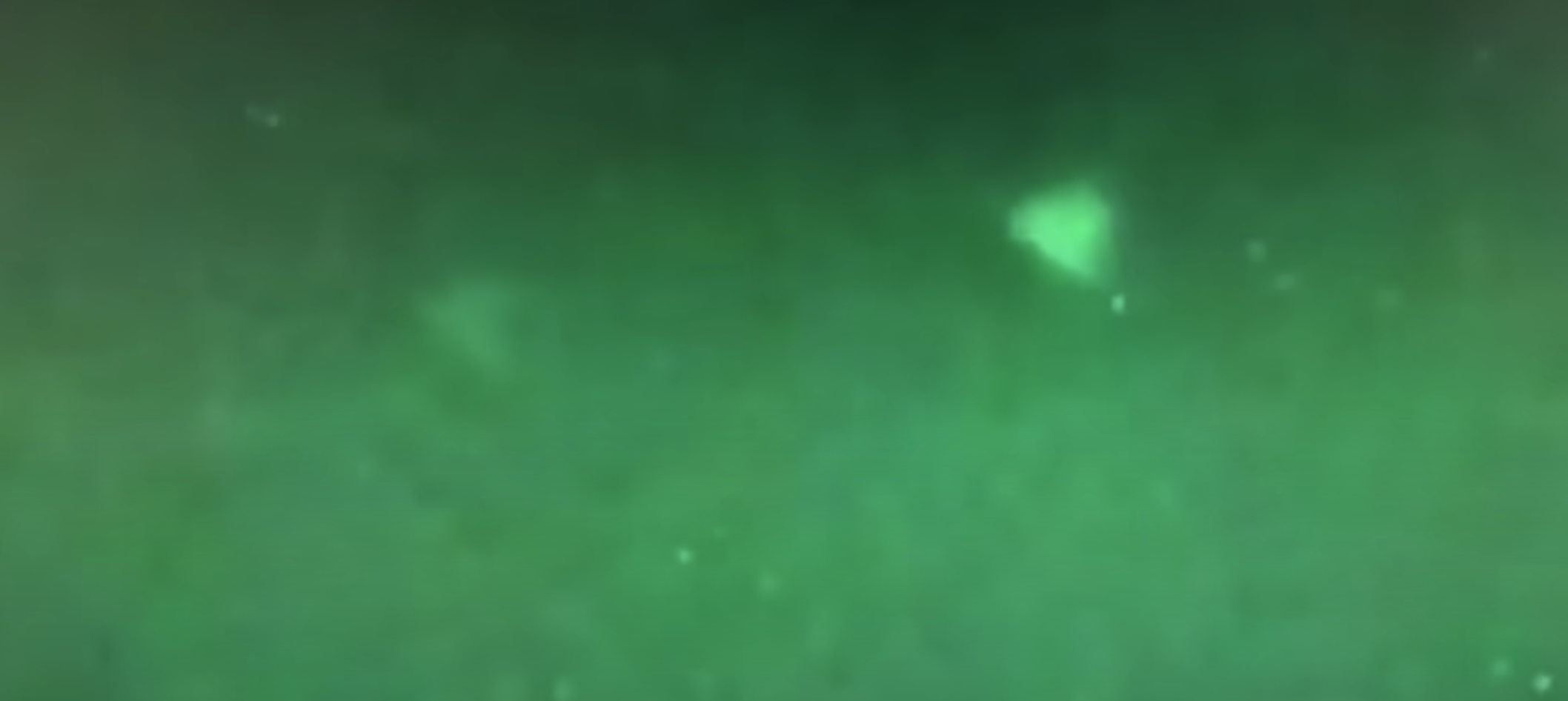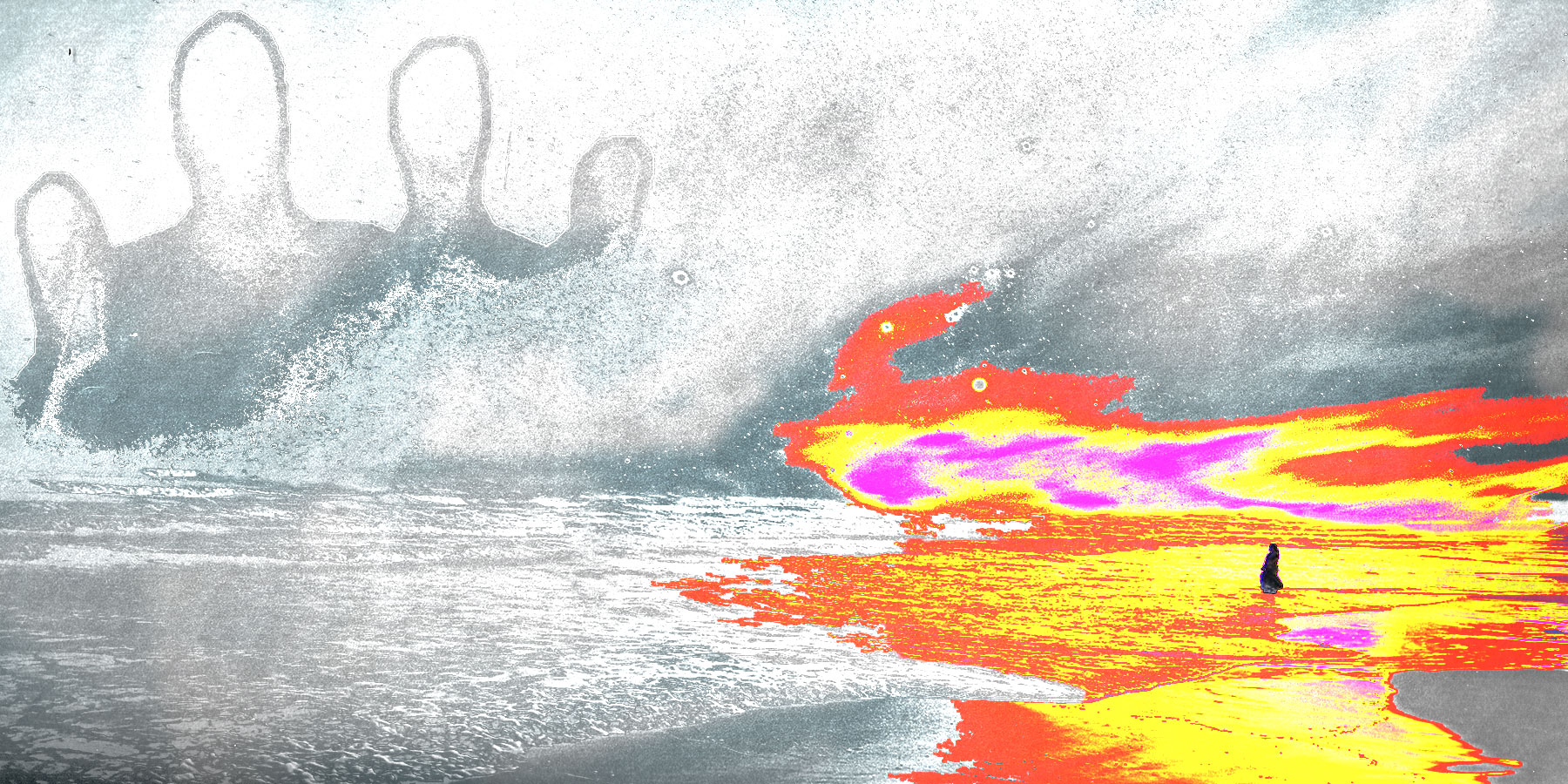
June 30th was Asteroid Day, chosen to honor the Tunguska Event in 1908 and to bring attention to the need for planetary defense against future collisions. This year, citizen scientists used their Unistellar eVscopes to watch an asteroid pass in front of a star – an occultation. Earlier this month, a group of SETI Institute REU (Research Experience for Undergraduates) interns observed another asteroid occultation with mentor Franck Marchis.
A worldwide community of citizen astronomers in conjunction with the SETI Institute are actively participating in planetary defense by making real time observations using telescopes made by Unistellar. I bought one of their telescopes in order to participate in their citizen science projects. Unistellar will host a live asteroid occultation event on Asteroid Day at 4 p.m. EDT. You can tune in live and watch an asteroid pass in front of a star and temporarily block it from our view — pretty cool.
A last point to consider: “The dinosaurs are dead because they didn’t have telescopes or a space program.” Once again, this phrase of mine highlights what we need to do to avoid going the way of the dinosaurs who were killed off by an impact in the Yucatán Peninsula 66 million years ago.
The cosmic clock is ticking …
- WTOP News: Keep Watching the Skies: Asteroid Day is Here
- SETI.org: Summer Interns Capture Asteroid Occultation
 Long-Gone Comets Tied to Current Meteors
Long-Gone Comets Tied to Current MeteorsThe count of long-period comet-inspired meteor showers has risen from 5 to perhaps 15 in a recent study by SETI Institute researcher Peter Jenniskens, utilizing the CAMS (Cameras for Allsky Meteor Surveillance) network. Long-period comets may have orbits up to 4,000 years, while most meteor showers are from comets with orbits of 200 years or less.
“Until recently, we only knew five long-period comets to be parent bodies to one of our meteor showers, but now we identified nine more, and perhaps as many as 15,” Jenniskens said. “This creates a situational awareness for potentially hazardous comets that were last near-Earth orbit as far back as 2,000 BC.”
Among discoveries made using CAMS was a meteor shower observed in late 2019, which astronomers traced back to a comet described in a medieval book about ancient battles published in the year 553.
One year ago, scientists traced a meteor shower in the constellation Serpens to a previously undiscovered long-period comet.
- Spaceflight Insider: Scientists Trace Meteor Shower Back to Long-Period Comet
- SETI.org: Cameras for Allsky Meteor Surveillance (CAMS)
 Airborne Astronomy Ambassadors Return – and Soar
Airborne Astronomy Ambassadors Return – and SoarThe SETI Institute’s Airborne Astronomy Ambassadors program provides professional development training for middle and high school science teachers. The program culminates in an immersive experience onboard NASA’s Stratospheric Observatory for Infrared Astronomy (SOFIA), a 747 aircraft fitted with an infrared telescope that flies in the stratosphere above Earth. Last summer, while teacher training continued, SOFIA flights were temporarily suspended due to the COVID-19 pandemic. Now educators are once again flying on SOFIA to bring unforgettable experiences back to their students.
“I mean, if I could do this, I could do anything. And if I can do this, my students can do this,” said Domina Stamas.
Stamas couldn’t say enough good things about the scientists and the pilots onboard the flight, saying she was honored to see all the work they do researching the universe. The group shadowed NASA scientists collecting data for research onboard a modified 747 equipped with a telescope. It’s basically a flying observatory.
“What we did as educators is we got to learn how the telescope was used to collect images of the universe,” said Stamas.
- CBS Sacramento: ‘Wish it Wasn’t My Only Time’: Natomas Teacher Soars into the Stratosphere on NASA Mission
- KRDO: Teacher Set to Fly with NASA into the Stratosphere
- WLWT 5: ‘Go for Your Passion’: Teacher Set to Fly with NASA
- Utah State University: Eye to the Sky: USU Physics Alum Named 2021 NASA Airborne Astronomy Ambassador
- SETI .org: 30 Teachers Selected as Airborne Astronomy Ambassadors to Bring NASA Science to Classrooms
- SETI.org: Airborne Astronomy Ambassadors Program
 Space Research Boosted with New Tools
Space Research Boosted with New ToolsFrontier Development Lab (FDL) and SETI Institute have created SpaceML.org, a new portal to allow space scientists access to machine learning (ML) datasets and tools.
Analysis-ready datasets and MLOps tools are just some of the community-managed resources available to users studying subjects like lunar exploration, planetary defenses, and heliophysics.
"The most impactful and useful applications of AI and machine learning techniques require datasets that have been properly prepared, organized, and structured for such approaches," Bill Diamond, CEO of SETI Institute, said.
“Five years of FDL research across a wide range of science domains has enabled the establishment of a number of analysis-ready datasets that we are delighted to now make available to the broader research community.”
- AI Business: SETI Launches SpaceML with Open Datasets for Space Exploration Projects
- SETI.org: SpaceML.org: A New Resource to Accelerate AI Application in Space Science and Exploration
 The Pentagon Report Reveals… Not a Lot
The Pentagon Report Reveals… Not a LotThe Pentagon has released its UAP (Unidentified Aerial Phenomenon) report, but stops well short of saying, “Yup, it’s aliens.”
"Of the 143 — What are they?” Dr. Seth Shostak, a senior a stronomer from the San Franciso-based SETI Institute, told KPIX 5. “They don’t know — it can be anything. They did not rule out anything in any category and that means they didn’t rule out what they call atmospheric clutter. Things in our airspace. They didn’t rule out Chinese or Russian vehicles. They didn’t rule out alien vehicles.”
- CBS SF Bay Area: Feds Release UFO Report; SETI Expert Says: ‘I Don’t Think We Are Going to Hit a Klingon Craft
- Science Friday: Is the Truth About UFOs Out There?
- CBS SF Bay Area: Longtime Bay Area E.T. Hunters Skeptical of Forthcoming UFO Report
- SETI.org: The UAP Story: The SETI Institute Weighs In
 Who’s Looking at Whom?
Who’s Looking at Whom?One well-established method to detect exoplanets is to watch for them to pass in front of their star. Could alien civilizations be doing the same for Earth?
Astronomers took a technique used to look for life on other planets and flipped it around — so instead of looking to see what’s out there, they tried to see what places could see us.
Turns out, there’s a lot.
Astronomers calculated that 1,715 stars in our galactic neighborhood — and hundreds of probable Earth-like planets circling those stars — have had an unobstructed view of Earth during human civilization, according to a study published Wednesday in the journal Nature.
- Los Angeles Times: Can E.T. See Us? Astronomers Find Many Stars with Prime View of Earth
- NPR: Alien Planet Hunters in Hundreds of Nearby Star Systems Could Spot Earth
- CBC: Astronomers Estimate 29 Potentially Habitable Exoplanets May Have Received Signals from Earth
- National Geographic: Astronomers Identify the Stars Where Any Aliens Would Have a View of Earth
- MIT Technology Review: Radio Waves from Earth Have Reached Dozens of Stars
- Kids’ News: ET Phones Home in the Film, But Are Aliens Watching Us from Space?
 Here on Earth, the Search for Extraterrestrial Life Continues
Here on Earth, the Search for Extraterrestrial Life ContinuesDespite over 60 years of modern SETI and astrobiology research, finding alien life in the Universe is still only a probability. However, the search has a strong future and there’s a lot of space left to explore.
The SETI search is something that “might in fact require multiple generations,” but [Jill]Tarter remains optimistic about the progress made so far. In 2010, she wrote a paper outlining the challenges they face. Drawing a comparison between the universe and Earth’s oceans, she suggests the amount we’ve so far searched amounts to “just one glass.” But in the last decade, with technology increasing exponentially, Tarter says the answer today would “now be more like a small hot tub.”
- Supercluster: In Search of Contact
- WOSU PBS: Searching for Extraterrestrial Life
- Inverse: Bummed by the Pentagon UFO Report? These 4 Alien Missions are Cooler
- Inverse: Alien Languages Extraterrestrial Life
- The Show About Science: The Search in the Stars with Wael Farah
Join hosts Seth Shostak and Molly Bentley each week as they explore emerging science and technology research.
After the Plague
Everyone is familiar with the immediate consequences of a pandemic – sickness and death. But the long-term ramifications can be just as dramatic: a breakdown of the family and society, shifts in political power, and widespread appeals to magical thinking.
Plagues are societal disrupters. Their effects can linger long after the pathogens have gone.
Also, hear how art responded to a pandemic and how the Louisiana Purchase was made possible by an outbreak of fever in the Caribbean. With guest Frank Snowden
Skeptic Check: Science Breaking Bad
The scientific method is tried and true. It has led us to a reliable understanding of things from basic physics to biomedicine. So yes, we can rely on the scientific method. The fallible humans behind the research, not so much. And politicians? Don’t get us started. Remember when one brought a snowball to the Senate floor to “prove” that global warming was a hoax? Oy vey.
We talk to authors about new books that seem to cast a skeptical eye on the scientific method… but that are really throwing shade on the ambitious labcoat-draped humans who heat the beakers and publish the papers … as well as the pinstriped politicians who twist science to win votes.
Find out why the hyper-competitive pursuit of results that are “amazing” and “incredible” is undermining medical science … how a scientific breakthrough can turn into a societal scourge (heroin as miracle cure) … and what happens when civil servants play the role of citizen scientists on CSPAN.
With guests Richard Harris, Paul Offit, and Dave Levitan
More Big Picture Science episodes can be found at https://www.seti.org/bigpicturescience
SETI Institute hosts interview cutting-edge scientists each week on social media. Recent SETI Live episodes include:
Celebrating #BlackInAstro Week!
June 20-26, 2021, the astronomy community is participating in #BlackInAstro week, which seeks to celebrate and amplify the Black experience in space-related fields, such as astrophysics, planetary science, cosmology, aeronautics, and more. As a part of this celebration, we welcome Black in Astro founder Ashley Walker and event co-organizer Dakotah Tyler.
Ashley is an incoming atmospheric science PhD student at Howard University studying astrochemical phenomena in planetary atmospheres within our solar system. Dakotah is a former football player for the University of Kentucky and current second year graduate student studying exoplanet atmospheres and demographics at UCLA.
Asteroid Day: Bennu and OSIRIS-REx
On June 30, 1908, a tremendous explosion rocked the Tunguska region of Siberia, Russia, leveling 80 million trees and killing numerous reindeer. As the region was sparsely populated with humans, only a handful of witness accounts were collected, reporting the appearance of a fireball that crossed the sky prior to the explosion. In the decades since, scientists have concluded the Tunguska Event was an impact event, despite the absence of a crater. Luckily, the human consequences for this event were small, but how can we understand what happened, how it happened, and prevent it from happening someplace more populated?
Asteroid Day marks the Tunguska Event every year on June 30, led by Queen guitarist and astrophysicist Brian May, former astronaut Rusty Schweickart, filmmaker Grig Richters, and B612 Foundation President Danica Remy. The mission seeks to not just raise awareness of the threat to our planet but push for more understanding of asteroids and their place in the history of our solar system.
OSIRIS-REx also seeks answers to the questions that are central to the human experience: Where did we come from? What is our destiny? Asteroids, the leftover debris from the solar system formation process, can answer these questions and teach us about the history of the sun and planets. Recently, the spacecraft traveled to the asteroid Bennu and collected a sample from its surface in October 2020. Now the craft is on its way back to Earth with that sample and expected to arrive in September 2023. Joining us today to observe the occasion of Asteroid Day and talk about all things asteroid is the Principal Investigator for the OSIRIS-REx mission, Dante Lauretta.
Videos of all past Facebook Live events can be found on our Facebook page, https://www.facebook.com/SETIInstitute/, or on our YouTube channel, https://www.youtube.com/SETIInstitute.





